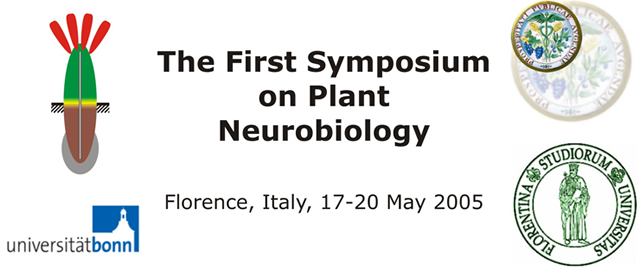|
Plants generate different types
of electrical events in connection to environmental stress. Cells, tissues, and organs transmit
electrochemical signals over short and long distances. Action potentials in higher plants may be the
information carriers in intercellular and intracellular communication in response to environmental changes.
Here, we show the generation of bioelectrochemical responses induced by blue photosensory system in soybean
plants. A phototropic response is a sequence of the four following processes: reception of the directional
light signal, signal transduction, transformation of the signal to a physiological response, and the
production of directional growth response. The irradiation of soybean plants at 450 ± 50 nm induces
action potentials with duration times of about 0.3 ms and amplitudes about 60 mV. Action potentials play an
active role in the expedient character of the response reactions of plants as a reply to external stimuli.
Blockers of ionic channels inhibit phototropism in soybean plants. The role of the electrified interface of
the plasma membrane in signal transduction is discussed.
- O. S. Ksenzhek and
A. G. Volkov, Plant Energetics, Academic Press , San Diego , New York , 1998
- A. G.
Volkov, Interfacial Catalysis, Marcel Dekker, New York , 2003.
- A. G. Volkov, T. C.
Dunkley, S. A. Morgan, D. Ruff, J. L. Boyce, A. J. Labady, Bioelectrochemistry, 63, 91-94, 2004.
|

